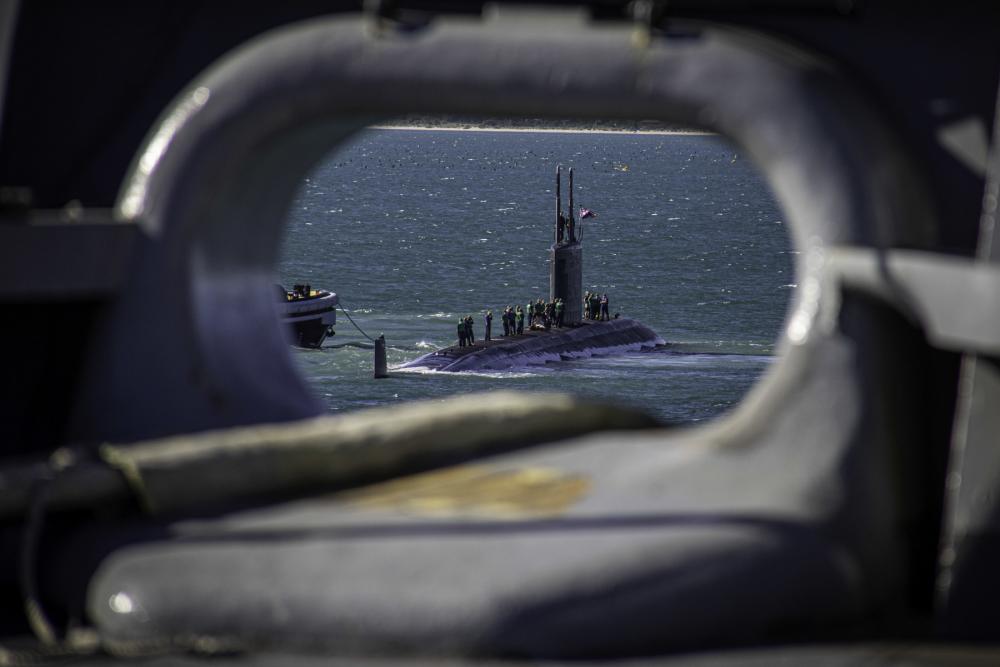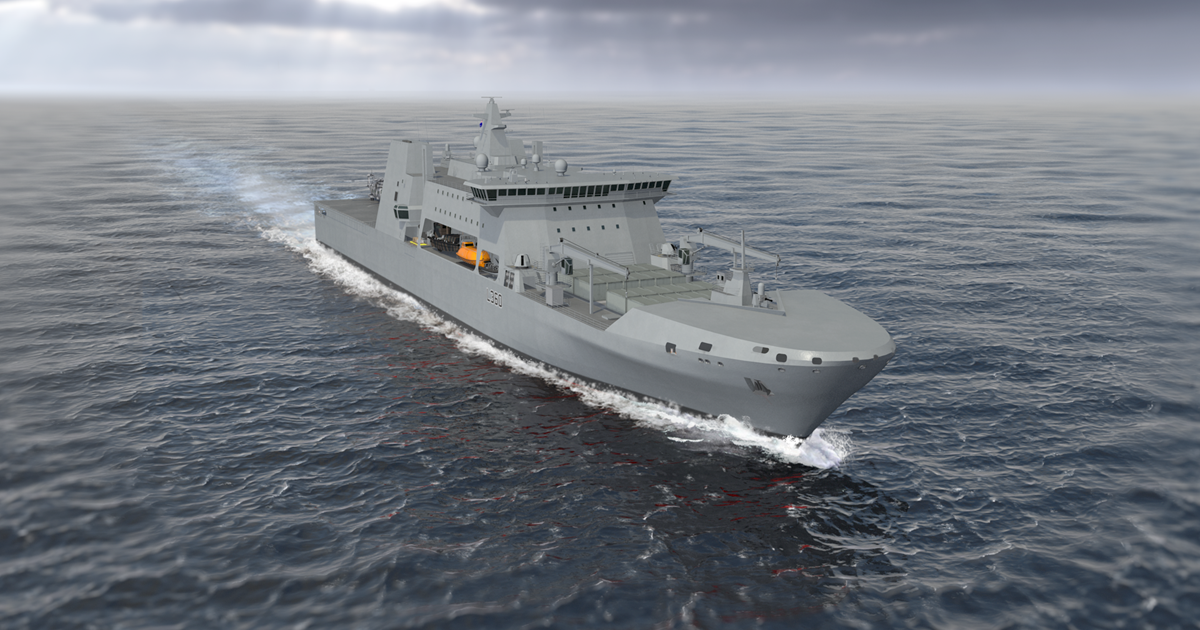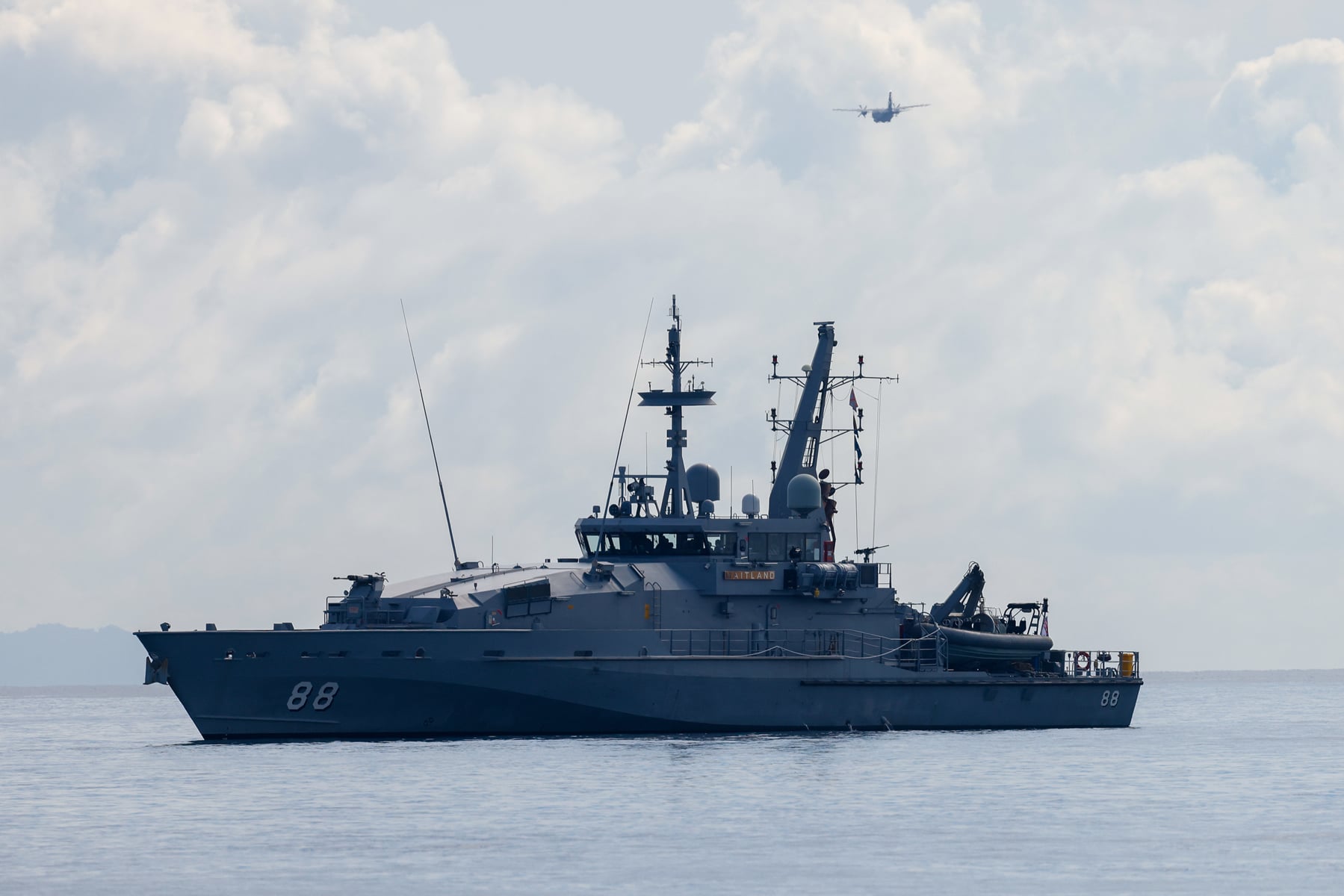If this was the case, no submarine would ever crash, no ship would ever have a grounding. No ship would crash into another ship or a dock or an island.Being able to select a depth to avoid the terrain of the sea floor makes path finding simple but also reduces your risk of collision. There is almost no traffic to contend with, so the the risk of collision is really low.
1) Sea floor isn't static
2) Sea floor isn't conclusively mapped
3) Finding your position while underwater is not trivial. Particularly if you are trying to be stealthy. Currents are non-trivial for submersibles.
4) Inertial dead reckoning has significant limitations. 20-30 mins and you could be in a huge area of probability. Unlike air systems, where turns tend to be strong, sharp, fast and clear, everything in water is slow and over a long period. Everything they hate.
5) The nature of the ocean, can make it possible to detect solitary objects. Any emission or surface coms is likely to give away positions, signal penetration at depth in most frequencies is poor. Positions can give away missions.
6) Submarines and drones can use ships as cover. Being deliberately in close proximity make collisions way more frequently than you may think.
If we are talking about using drones for a few hours or a day or two underwater, in an area with acoustic buoys in a fenced of baseline area, in friendly waters, sure doable. Or tethered, all good. Going out for a 30 day cruise in the blue ocean against hostiles? Much more challenging.
There are also things in the ocean other than ships. Whales, dolphins, floatsam, shipping containers, seaweed, drift nets, pumice, crabs, jellyfish. When your self driving tesla is driving along, it doesn't expect to become engulfed in jellyfish blocking its engine. The weather at sea is also a more significant factor than on land.
In a military context, you also have the enemy. Who is deliberately trying to mess things up. Spoofing locations, hunting your drone.

China to return seized U.S. drone, says Washington 'hyping up' incident
China will return an underwater U.S. drone seized by a naval vessel this week in the South China Sea, both countries said on Saturday, but Beijing complained that Washington had been "hyping up" the incident.
Just like drone aircraft, there is a place for them, and they will become increasingly important. However, they aren't manned platforms. Manned platforms aren't going away. I wouldn't as of yet write of experience from pilots and sailors.



